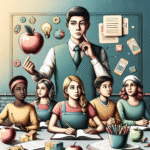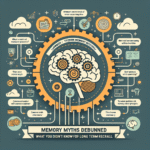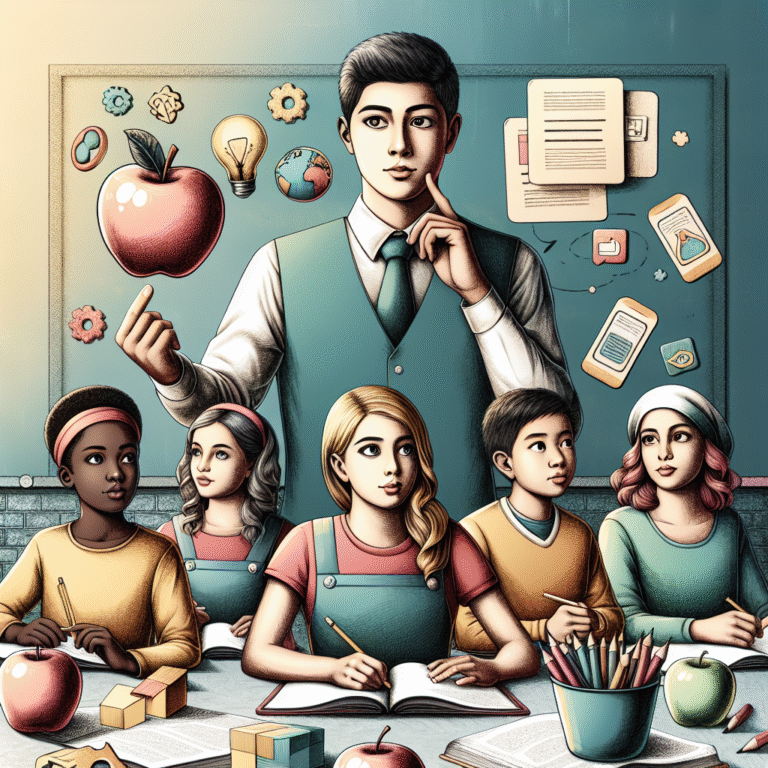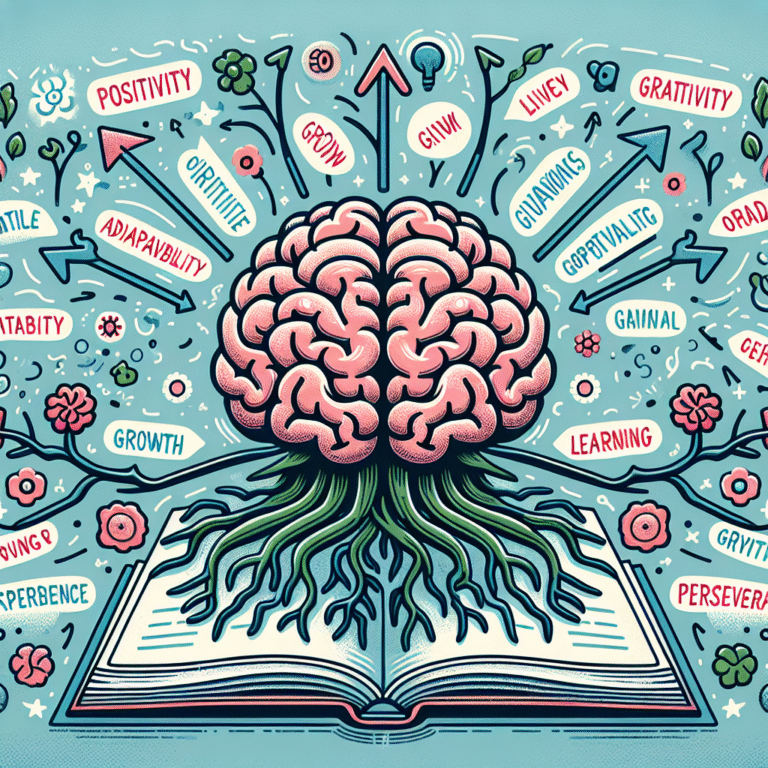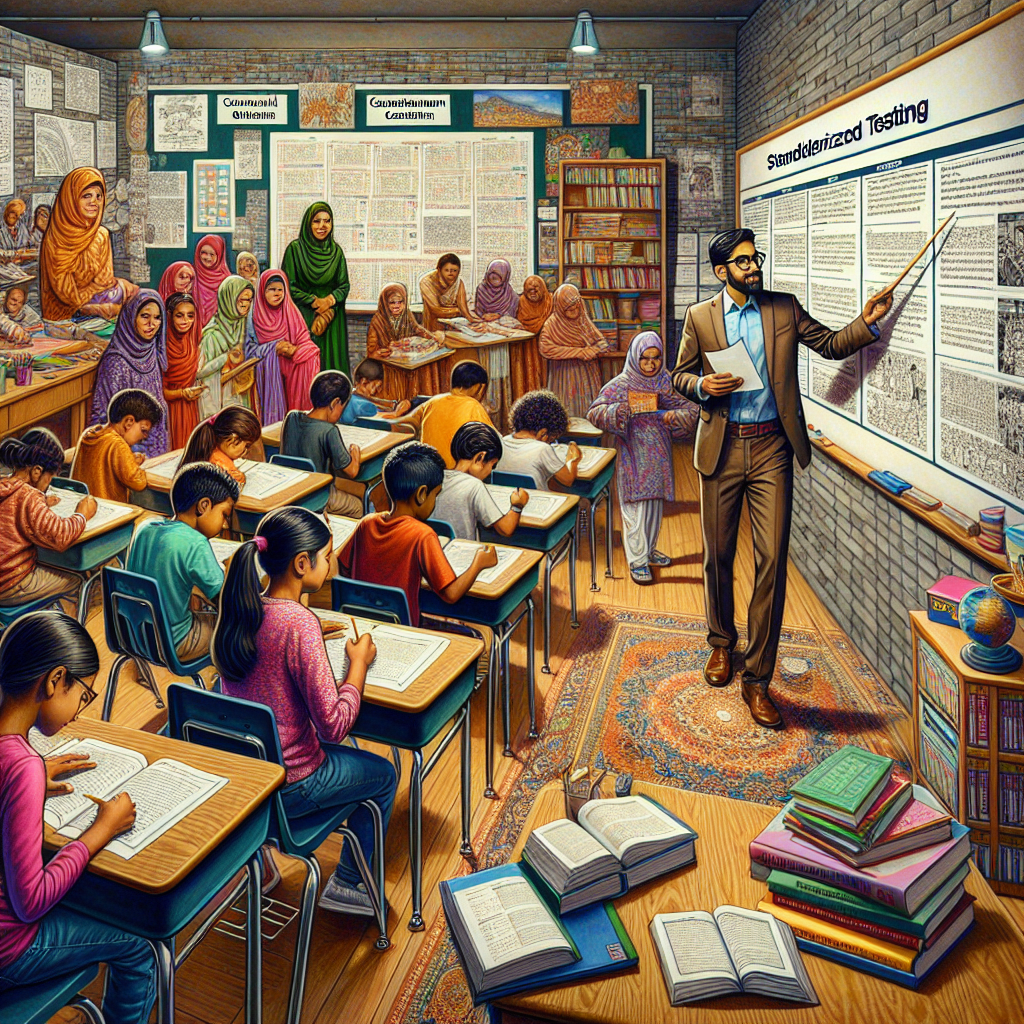
Introduction
In today’s educational landscape, standardized testing looms large, influencing how educators teach, students learn, and curricula are developed. Often viewed as a necessary evil, standardized tests help measure student performance and accountability within our education systems. However, a deeper examination reveals that how standardized testing shapes curriculum and classroom dynamics goes beyond mere measurement. It not only dictates subject matter but also significantly impacts teaching methodologies, student engagement, and overall educational outcomes.
With the consequences of standardized testing echoing in classrooms across America and beyond, understanding its multifaceted effects is essential for educators, policy-makers, and parents alike. This article delves into the ways standardized testing molds our educational environments and offers insight into the best practices for navigating its challenges.
The Rise of Standardized Testing
A Brief Historical Overview
To understand how standardized testing shapes curriculum and classroom dynamics, it’s crucial to trace its genesis. Standardized assessments sprouted in the early 20th century as a form of measurement designed to gauge student learning systematically. When the No Child Left Behind (NCLB) Act was enacted in the early 2000s, the stakes grew exponentially. Schools became labeled as successful or failing based on test scores, leading to an intense focus on standardized assessments.
The Modern Age of Accountability
In recent years, accountability measures in the form of standardized testing have been adopted globally. Schools are often assessed based on aggregate test scores, leading to a direct impact on funding, staffing, and even school closures. The implications of test performance drive schools to tailor their curricula, aiming for compliance over creativity and sometimes sacrificing depth for breadth.
The Impact on Curriculum Design
Curriculum Narrowing: A Double-Edged Sword
One of the most profound influences of standardized testing is curriculum narrowing, where educators prioritize subjects assessed in tests. When schools focus primarily on tested subjects like math and reading, other enriching subjects such as art, music, and physical education often receive less attention.
Case Study: The Chicago Public Schools initiative
In 2013, Chicago Public Schools faced severe scrutiny over dwindling student performance metrics. To address this, they adopted a test-centric curriculum that emphasized math and literacy, neglecting essential holistic education facets. While immediate test scores did improve, teachers noted significant student disengagement, illustrating the delicate balance between measurable success and comprehensive learning.
Teaching to the Test
As educators grapple with the pressures of standardized assessments, many adopt a "teaching to the test" approach. This strategy emphasizes drilling rote memorization over critical thinking, and the creativity students exhibit in their learning experiences.
Table 1: Comparison of Teaching Strategies
| Strategy | Description | Impact on Learning |
|---|---|---|
| Teaching to the Test | Focus on material directly related to standardized tests | Increased test scores but limited engagement |
| Integrative Teaching | Incorporating various disciplines into lessons | Deeper understanding and critical thinking |
In a 2020 study conducted by Educators For Excellence, nearly 68% of teachers reported feeling pressured to align their instruction with standardized test content, leaving little room for authentic learning experiences.
The Effects on Classroom Dynamics
Student Motivation and Engagement
There is a nuanced relationship between standardized testing and student engagement. High-stakes tests can demotivate students, as test performance is often perceived as a judgment of their intelligence, not a reflection of their potential or effort.
Case Study: New York City Middle Schools
A longitudinal study tracking New York City middle schools revealed heightened anxiety levels among students nearing test dates. Despite prior efforts to create engaging, supportive educational environments, students reported feeling increasingly stifled and disengaged. This raised concerns about the long-term implications of a high-pressure testing culture.
Teacher Autonomy and Morale
As classroom dynamics shift in response to standardized testing, teachers often find their autonomy challenged. The freedom to explore innovative teaching methods diminishes, resulting in diminished morale.
- Example: A public high school in Texas implemented a scripted curriculum to ensure adherence to testing standards. Teachers expressed feelings of frustration and disempowerment, significantly impacting classroom culture and educator satisfaction.
Shifting Strategies: Adapting to the Role of Standardized Testing
Blended Learning Approaches
To combat the negative impacts of standardized testing on classroom dynamics, many educators are embracing blended learning approaches. This method incorporates technology to facilitate a more personalized and engaging learning experience.
Case Study: Carpe Diem Schools in Arizona
Carpe Diem Schools utilize a blended learning model that combines direct instruction with online resources, allowing students to learn at their own pace. This model not only alleviates test preparation pressures but also engages students actively in their learning journeys. There was a reported 20% increase in test scores across multiple grade levels over a three-year period.
Holistic Assessment Models
New paradigms are emerging that consider the limitations of standardized tests. Holistic and formative assessment methods recognize the multi-dimensionality of learning and student performance.
Example: Education experts advocate for portfolios, project-based assessments, and peer evaluations as viable alternatives that reflect student abilities more broadly. In schools implementing these models, student engagement soared alongside academic performance, illustrating that moving beyond standardized testing can yield positive outcomes.
Conclusion
As we navigate the complexities of how standardized testing shapes curriculum and classroom dynamics, it becomes imperative to recognize both its advantages and drawbacks. While standardized assessments can provide accountability and insight into educational efficacy, they mustn’t overshadow the multifaceted nature of learning.
Educational systems must be vigilant, integrating innovative approaches that prioritize student engagement and holistic assessment while meeting accountability requirements. As we strive for a balanced approach, we can foster educational environments that cultivate curiosity, creativity, and passion for lifelong learning.
FAQs
1. How does standardized testing affect teacher evaluations?
Standardized tests often play a critical role in teacher evaluations, linking student performance to teacher effectiveness. However, this connection can misrepresent teaching quality and unfairly penalize educators.
2. What are some alternatives to standardized tests?
Alternatives include formative assessments such as project-based learning, portfolios, and peer assessments that gauge student understanding more holistically.
3. Can standardized testing harm student mental health?
Yes, the pressure associated with high-stakes testing can increase anxiety and disengagement among students, leading to negative impacts on mental health and educational attitudes.
4. Is there a way to use standardized tests effectively?
When used as one of many assessment tools, standardized tests can provide valuable insights into student progress. They should be balanced with other forms of assessment that consider individual learning styles and interests.
5. How can educators advocate for changes in testing practices?
Educators can engage with policy makers, participate in advocacy groups, and share their experiences to promote policies that prioritize diverse learning assessments over standardized testing.
By understanding and addressing the multifaceted impacts of standardized testing, we can work toward a more balanced and effective educational system. Let’s not just measure learning; let’s inspire it.

